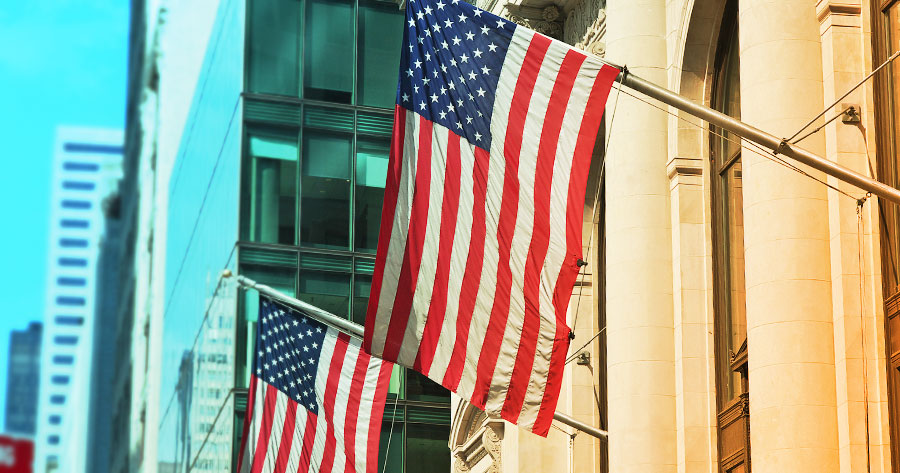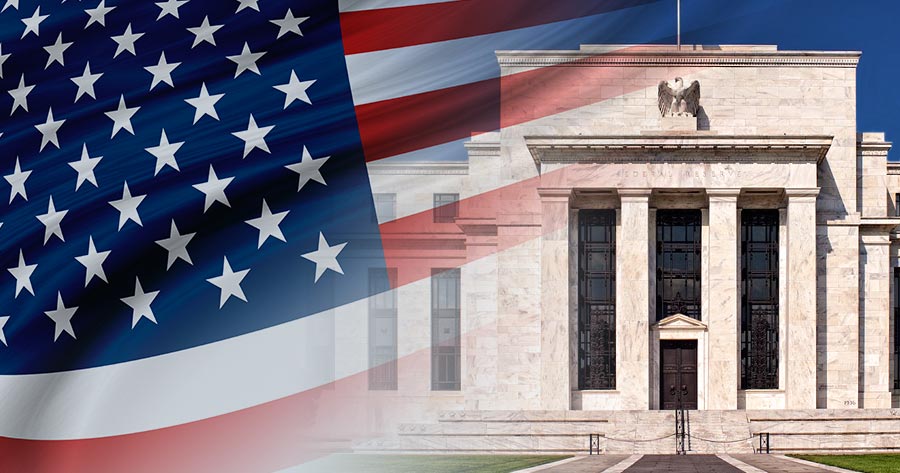In January, American consumers experienced the sharpest increase in prices seen in nearly 18 months, driven by escalating expenses across various goods and services. This uptick in inflation underscores the Federal Reserve’s approach to cautiously manage interest rates, signaling hesitance to revert to cuts amidst economic instability.
Year-over-year, the consumer price index (CPI) climbed 3.0%, marking the largest escalation since June 2024, after a 2.9% rise in December. This growth surpassed the projections of economists, who predicted a 0.3% monthly advancement and a 2.9% increase annually.
The Labor Department’s Bureau of Labor Statistics revealed a 0.5% MoM rise in the consumer price index for January, marking the most significant surge since August 2023. This follows a 0.4% increase in December.
Shelter expenses rose by 0.4%, comprising a substantial portion of the overall CPI increase, building on consecutive monthly gains. Food costs similarly showed an uptick, with groceries escalating by 0.5%. Notably, egg prices surged 15.2%, the highest since mid-2015, largely due to disruptions from an avian flu outbreak, which pushed egg prices up by a staggering 53.0% annually.
While inflation in meats, poultry, fish, and dairy products continued to climb, fruit and vegetable prices experienced their most significant drop in nearly two years. Gasoline and natural gas both saw a 1.8% increase, though electricity costs remained stable.
According to the Labor Department’s report on Wednesday, businesses appear to have initiated the year by hiking prices, resulting in unexpected inflation pressure. Notably, prescription medication costs reached new highs, accompanied by increased motor vehicle insurance premiums.
This continues a trend of CPI figures exceeding early-year expectations, suggesting that the current seasonal adjustment methods might not capture the unique price spikes at this time of year.





